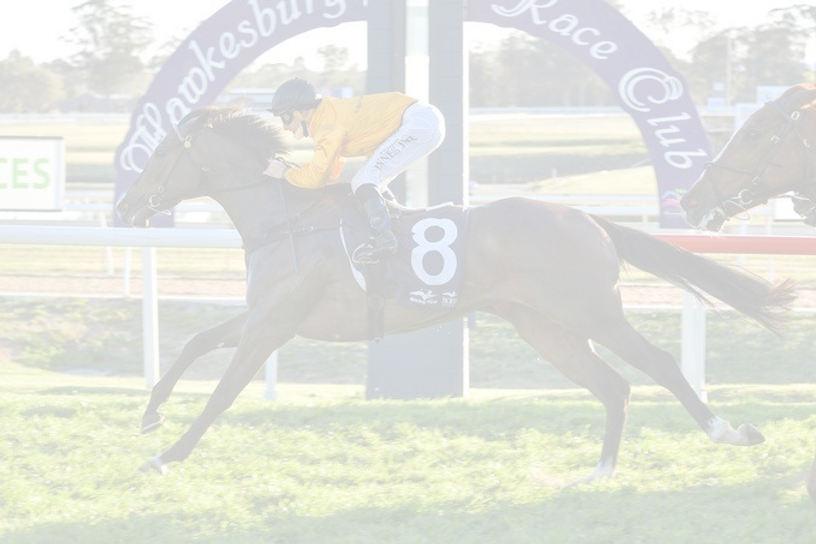

PENETROMETERS AND TRACK RATINGS EXPLAINED
Penetrometers and Track ratings go hand in hand. The Penetrometer device has been used for many years to assist Racecourse Managers and Stewards obtain precise track ratings. The Penetrometer derives from the road building industry where they used a similar device to measure the road profile prior to the final surfacing of asphalt. This device was then modified to measure soil hardness in turf – the penetrometer.
Penetrometers are used in the thoroughbred industry and a reading is obtained using the following method: A 1 kilogram weight is released by a trigger action and falls 1 metre down a shaft, which in-turn hits a 1-centimetre square rod into the soil profile. The 1-centimetre square rod has 1-centimetre increments as the measurement for the depth the rod that has entered into the soil profile. This action is undertaken 3 times in the one position, therefore giving 3 readings eg: 2.5, 4.5, 6.5.
A formula is used to calculate the reading and is based on the average figure for the entire course. To obtain this figure there are 6 readings taken every 200m around course. Three of the 6 readings are taken 2m from the running rail and then the remaining 3 readings are taken 4m from the running rail. Each reading is recorded and then all figures are entered into a formula that will provide an average. This average then becomes your race day penetrometer reading and will correspond to your set ratings – Fast / Good / Dead / Slow / Heavy. Eg: Track – “Good”, Penetrometer – 4.25.
Randwick tomorrow is a Heavy 10 with a penetrometer reading of 6.29 (these figures are displayed on the Racing NSW website on the race meeting details).
Rail Position: True
Dual Track Meeting: N
Track Type: Turf
Track Condition: Heavy 10
Weather: Raining
Penetrometer: 6.29
Penetrometer readings will differ from track to track due to varying soil types and rail positions. Therefore, you cannot compare readings against different tracks ie Randwick compared to Caulfield.
Rating Numerical Description of numerical rating
Firm 1 Dry hard track
Firm 2 Firm track
Good 3 Track with good grass coverage and cushion
Good 4 Track with some give in it
Soft 5 Track with reasonable amount of give in it
Soft 6 Moist but not badly affected
Soft 7 More rain-affected track that will chop out
Heavy 8 Rain affected track that horses will get into
Heavy 9 Wet track getting into a squelchy area
Heavy 10 Heaviest category track, very wet, towards saturation
Synthetic-Synthetic tracks are effectively all-weather tracks, allowing for racing in all conditions.
Track upgrades & downgrades
Track surfaces are subject to upgrades and downgrades depending on the prevailing weather conditions. Tracks are monitored throughout the day and if the track improves or deteriorates the stewards will sound a siren to notify on-course punters of the change in track conditions. Broadcasters and betting agencies will also notify punters of any change to the track rating as soon as they are made aware of it (usually right away). Race-callers will also announce any changes to the track rating prior to the running of the next race.
Hope this helps a little with the understanding of the process.